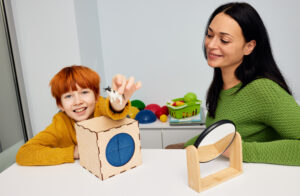About
Shakira Millar is a dedicated Care Coordinator and Lead Therapist based in Pembroke Pines, FL. In 2019, she founded Behavior Change LLC, where she leads efforts to support children and families in overcoming behavioral challenges. Shakira holds a Bachelor of Science in Psychology (2017) and a Master’s in Early Childhood Studies with a focus on Psychology (2019) from Walden University.
Currently pursuing her BCBA certification from the Florida Institute of Technology, set to complete in 2024, Shakira is committed to advancing her expertise in behavioral analysis. Her diverse educational experiences, including studies at Lakefield College School and the University of Guelph in Canada, have shaped her well-rounded approach to care, allowing her to offer personalized and effective support to her clients.






